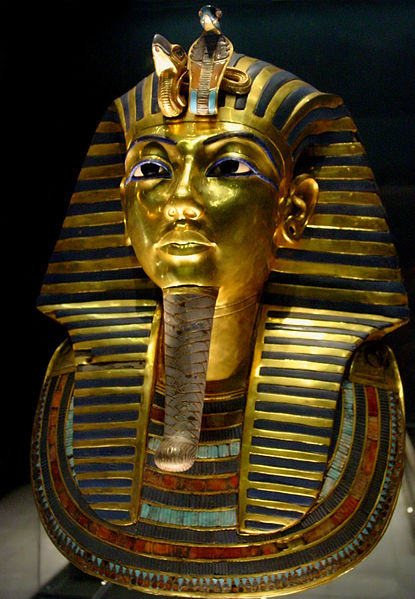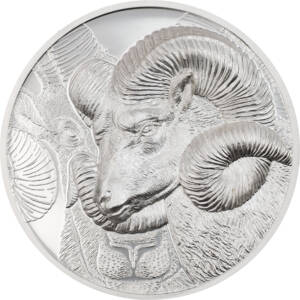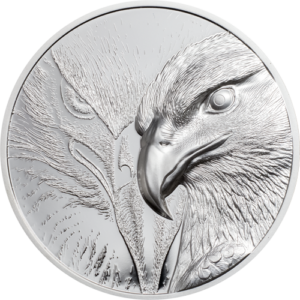The “King Pharaoh Tutankhamun – Golden Mask” is a third coin from PREMIUM EDITION of beautiful series Masterpieces of Art.
A numismatic masterpiece, made of 3 oz / 93,3 grams of pure silver and 1/4 oz / 7,778 grams of pure gold with 26 pcs authentic swarovski crystals inlaid in this 55 mm coin, issued by Cook Islands.
-
Contains 3 oz / 93,3 grams of .999 fine Silver.
-
Contains 1/4 oz / 7,778 grams of .999 fine Gold.
-
Coin embellished with 26 Swarovski crystals
-
Coin comes in a special black box with a numbered COA.
-
Strict limited mintage of only 999 coins.
-
Obverse: Effigy of Queen Elizabeth II, “Cook Islands”, and the legal tender value of 20 Dollars.
-
Reverse: A very high quality rendition of The King Pharaoh Tutankhamun – Golden Mask
.
In the series of Masterpieces of Art PREMIUM EDITION you can find:
.
2009 Mona Lisa – Leonardo da Vinci
2010 Vitruvian Man – Leonardo da Vinci
2011 The Golden Portrait Mask of Tutankhamun
2012 The Bust of Nefertiti
2013 The Virgin of Vladimir
2014 Pieta – Michelangelo
2015 The Golden Throne of Tutankhamun
.
.
History:
Tutankhamun alternatively spelled with Tutenkh-, -amen, -amon) was an Egyptian pharaoh of the 18th dynasty (ruled ca. 1332–1323 BC in the conventional chronology), during the period of Egyptian history known as the New Kingdom.

He is colloquially referred to as King Tut. His original name, Tutankhaten, means “Living Image of Aten”, while Tutankhamun means “Living Image of Amun”. In hieroglyphs, the name Tutankhamun was typically written Amen-tut-ankh, because of a scribal custom that placed a divine name at the beginning of a phrase to show appropriate reverence. He is possibly also the Nibhurrereya of the Amarna letters, and likely the 18th dynasty king Rathotis who, according to Manetho, an ancient historian, had reigned for nine years—a figure that conforms with Flavius Josephus’s version of Manetho’s Epitome.
.

.
The 1922 discovery by Howard Carter and George Herbert, 5th Earl of Carnarvon of Tutankhamun’s nearly intact tomb received worldwide press coverage. It sparked a renewed public interest in ancient Egypt, for which Tutankhamun’s burial mask, now in Cairo Museum, remains the popular symbol. Exhibits of artifacts from his tomb have toured the world. In February 2010, the results of DNA tests confirmed that he was the son of Akhenaten (mummy KV55) and Akhenaten’s sister and wife (mummy KV35YL), whose name is unknown but whose remains are positively identified as “The Younger Lady” mummy found in KV35. The mysterious deaths of those who excavated Tutankhamun’s tomb was termed as Curse of the pharaohs.
.
.












